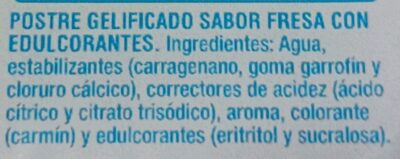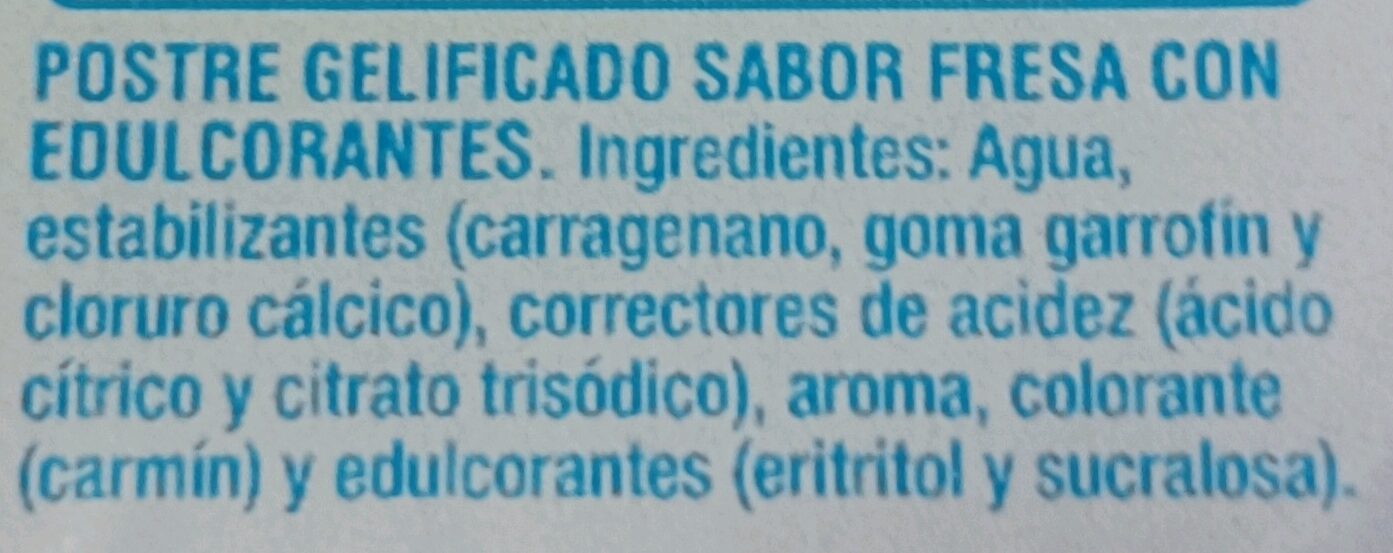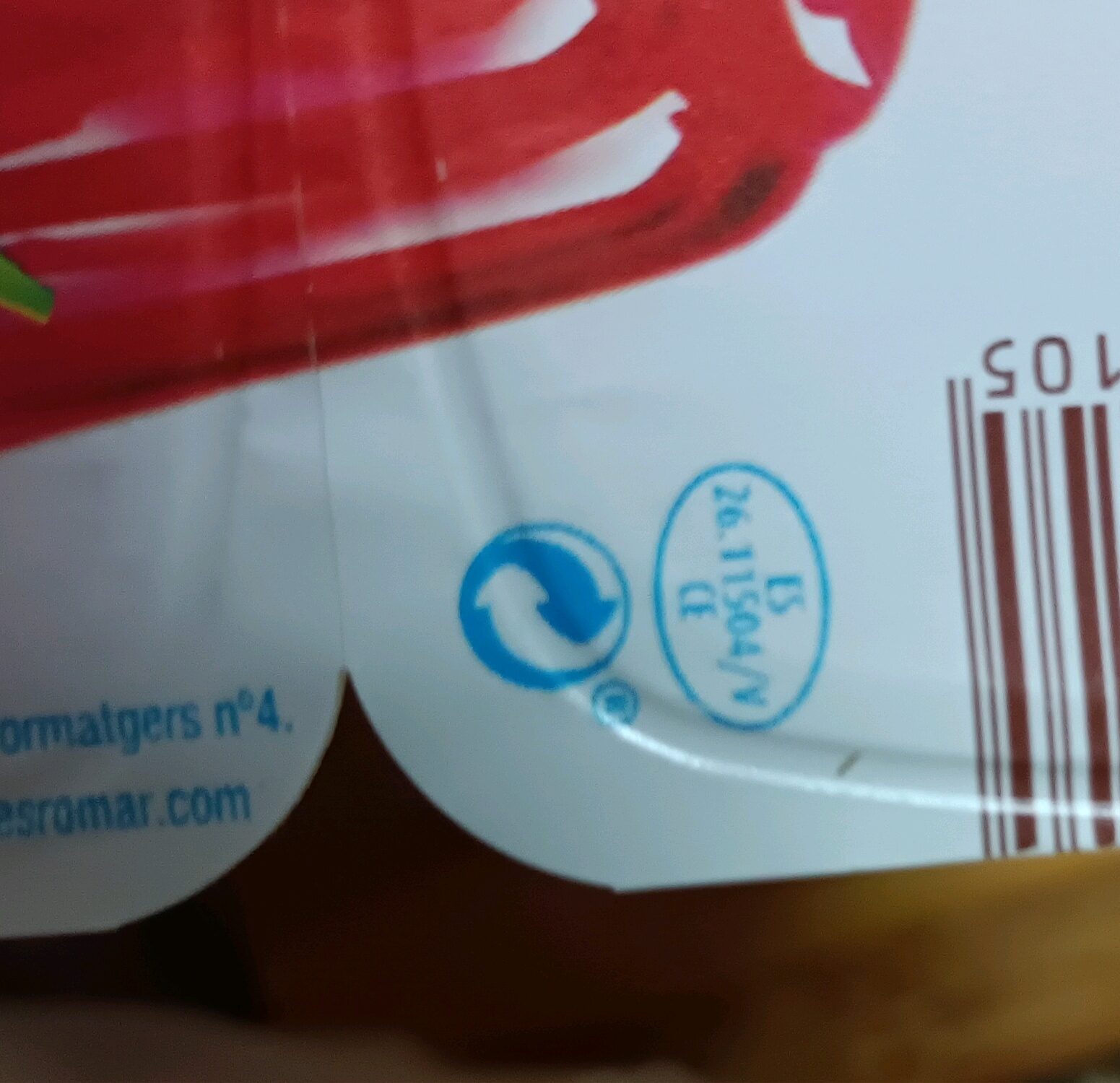Gellytina sabor fresa 0% - Hacendado - 6x100 gr
This product page is not complete. You can help to complete it by editing it and adding more data from the photos we have, or by taking more photos using the app for Android or iPhone/iPad. Thank you!
×
Barra-kodea: 8402001009105 (EAN / EAN-13)
Kopurua: 6x100 gr
Markak: Hacendado
Kategoriak: en:Desserts, en:Jelly desserts
Etiketak, ziurtagiriak, sariak:
en:No gluten, en:Green Dot
Traceability code: ES 26.11504/V CE
Dendak: Hacendado
Saltzen diren herrialdeak: Espainia
Matching with your preferences
Report a problem
Datuen iturria
Product added on by maetiare
Last edit of product page on by spotter.
Produktuaren orria -gatik editatua isabel626, moon-rabbit, roboto-app, thaialagata.
If the data is incomplete or incorrect, you can complete or correct it by editing this page.











